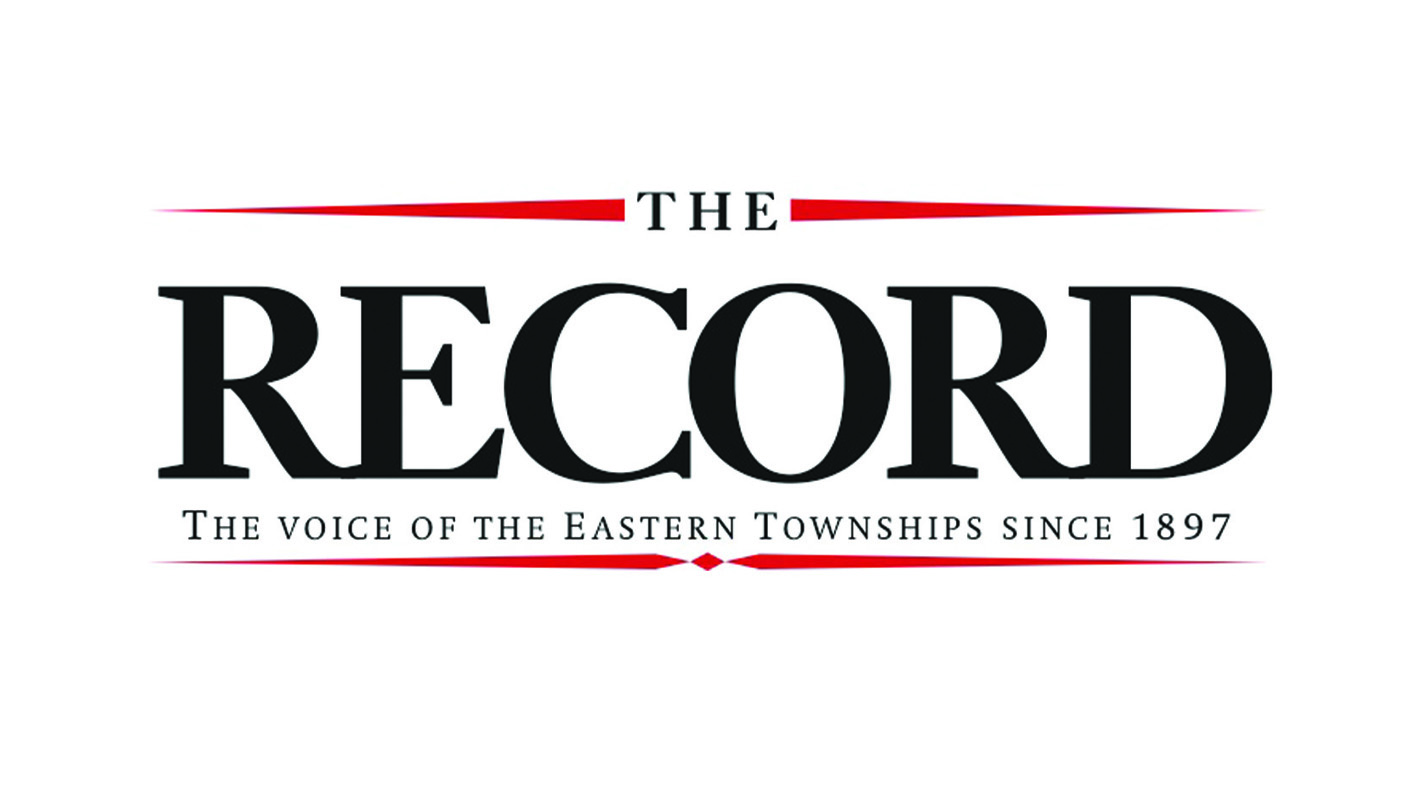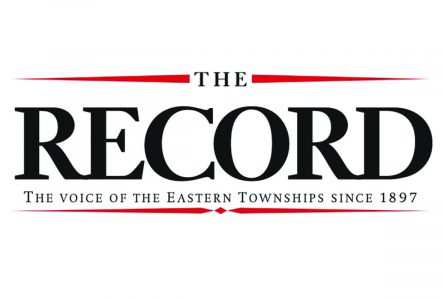By Nick Fonda
Local Journalism Initiative
The title would have caught my attention any time, all the more so in election season. To the south of us, the Excited States have been in election frenzy since the Republican candidate announced he was running almost two years ago. (The early announcement has been successful in stalling and deferring almost all of the legal cases facing the former president.) Here in Canada, we might find ourselves in election season at any moment between now and October 2025. Our election season is thankfully much shorter, mandated by law to be from 36 to 50 days.
The intriguing title of the video was Why Democracy is Mathematically Impossible.
The opening line of the video softens the title somewhat by rephrasing it as, “Democracy might be mathematically impossible.” If democracy might be impossible, surely that leaves some room to hope that democracy might also be possible.
Certainly, democracy as its practiced in Canada and in the country next door is in grave need of reform. In both countries, political power irregularly but inevitably swings between only two parties. Both countries use the first-past-the-post (FPP) system and in both countries the party garnering the greatest number of votes is by no means assured of winning the election. Both countries have experienced requests (so far unheeded) on the part of some of the populace for electoral reform.
In 2015, Justin Trudeau was well aware that many of his fellow Canadians would welcome electoral reform. After all, for both the NDP and the Green Party, a change to proportional representation was a key plank to their electoral platforms. Trudeau borrowed the plank and promised that the 2015 election would be the last one contested under FPP. Like many democracies around the world, he said, Canada would adopt some form of proportional representation.
For many—but not all—Canadians, the idea of having our representatives in Parliament correspond proportionally to the popular vote is appealing. It reflects an innate desire for fairness. If Party X gets 40% of the Vote and Party Y gets 20%, then Party X should have 40% of the seats in Parliament and Party Y should have 20%.




